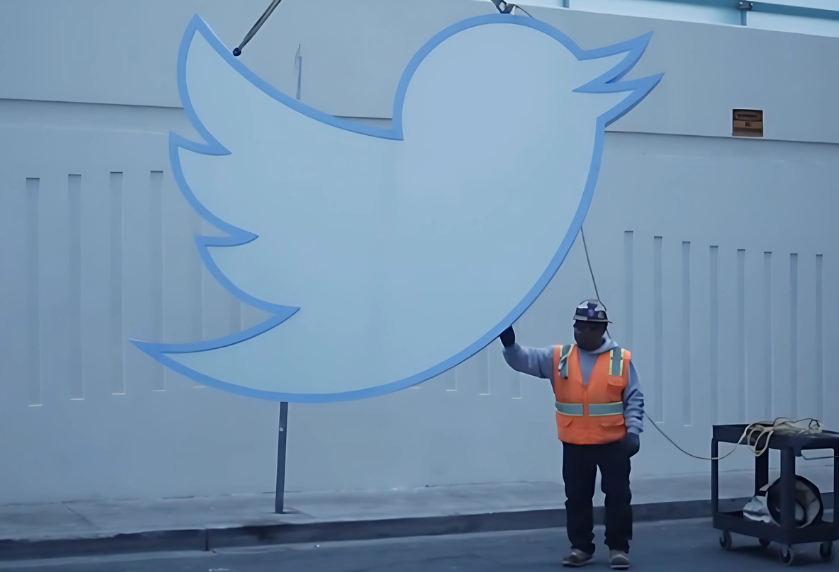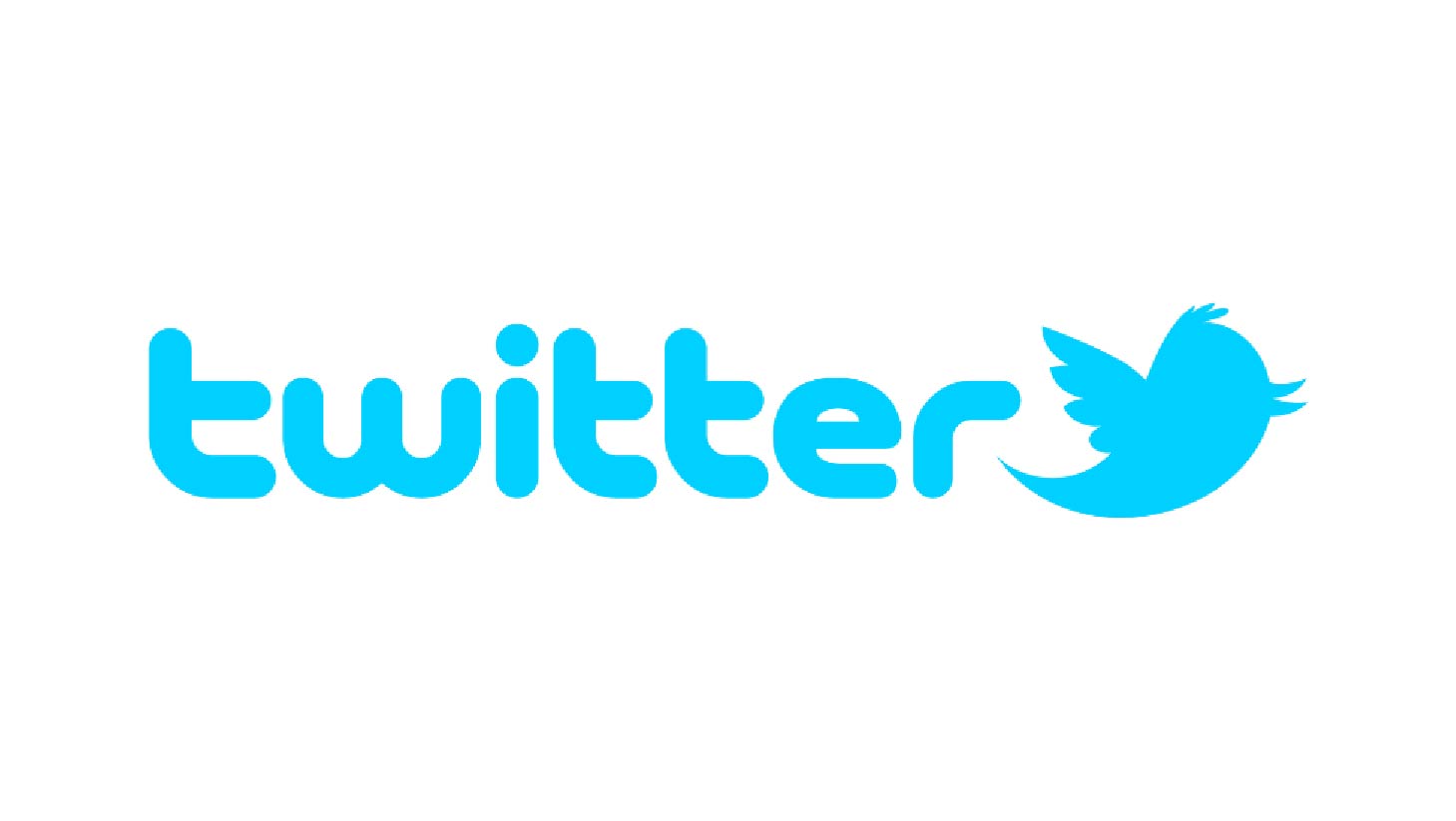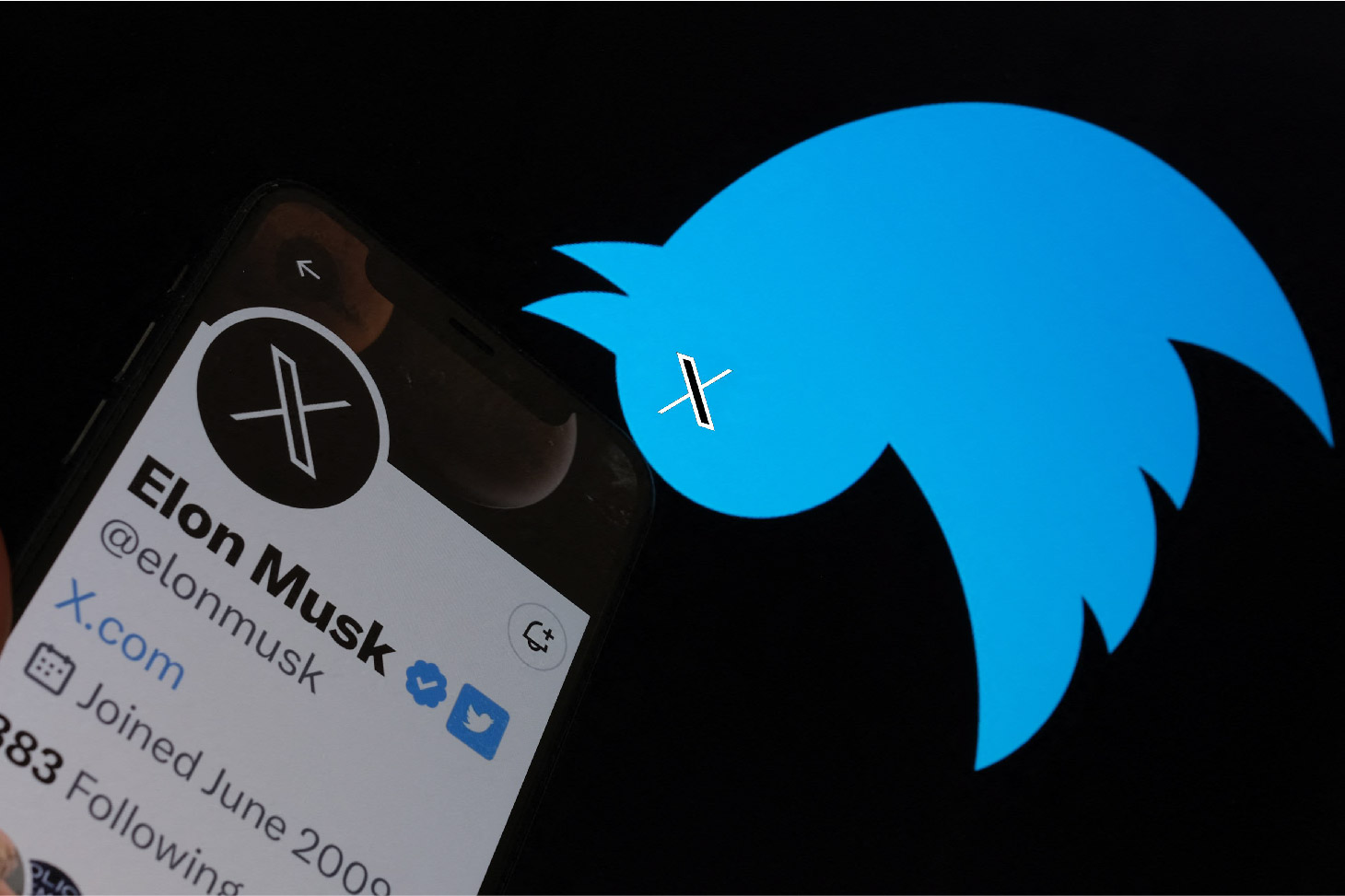
In a symbolic moment for the tech world, the iconic blue bird logo of Twitter, once a cornerstone of the company’s identity, has been sold at auction for $34,375. The logo, which weighed an impressive 254 kilograms, was auctioned by RR Auction, a well-known American auction house, marking the end of an era for the social media giant.
Despite its historical significance, the final sale price fell short of initial estimates, leaving many to wonder about the true value of the Twitter brand as it faces an uncertain future.
For over a decade, Twitter’s blue bird logo was one of the most recognizable symbols in the world of social media. It represented not only the platform’s mission to connect people through short messages but also the rapid rise of social media as a cultural force.
As the company evolved, so did the significance of the bird — becoming synonymous with real-time news, global conversations, and the unfiltered flow of information.

The blue bird logo was a permanent fixture at Twitter’s headquarters in San Francisco, serving as a visual marker of the company’s presence in the tech landscape.
Its sale at auction marks the end of an era, following the company’s transition under new ownership and leadership. The logo’s removal and sale reflect the broader changes occurring at Twitter, particularly after Elon Musk’s acquisition of the platform in late 2022.
The blue bird logo was expected to fetch a higher price at the auction, with initial estimates ranging between $40,000 and $60,000. However, it ultimately sold for $34,375, a figure that is lower than expected but still significant in its own right.
This outcome has raised questions about the current market value of Twitter’s assets and its overall brand strength, especially as the company undergoes a period of transformation.
RR Auction, the company responsible for the sale, described the logo as a rare and historic item, with a unique place in the annals of tech history. The auction house highlighted the logo’s enduring presence as a symbol of Twitter’s early success and influence on social media.

Despite the lower-than-expected sale price, the event attracted considerable attention, especially from tech enthusiasts, collectors, and those interested in the memorabilia of Silicon Valley’s most influential companies.
The sale of the blue bird logo comes at a time when Twitter’s brand identity is undergoing significant changes. Since Elon Musk’s acquisition of the company, Twitter has undergone various transformations, including a rebranding effort aimed at positioning the platform as a more expansive digital service.
Musk has frequently discussed his plans to reshape Twitter into a more versatile platform, incorporating new features and functionalities, including video, payment systems, and subscription models.
One of the most visible signs of this shift is Musk’s decision to phase out the iconic blue bird logo, replacing it with the X logo as part of his broader vision for the platform’s future.

This rebranding has sparked mixed reactions, with some users lamenting the loss of the familiar bird symbol, while others embrace the idea of a new identity that reflects Musk’s broader ambitions for Twitter. The auction of the bird logo, therefore, serves as a reminder of the platform’s past and its evolving future.
The sale of the Twitter logo is also part of a larger trend in the tech world — the increasing interest in digital memorabilia and tech artifacts. As companies like Twitter, Facebook, and Google continue to shape the digital landscape, their histories and iconic symbols are becoming valuable collector’s items. For many tech enthusiasts, owning a piece of Silicon Valley history has become a way to connect with the roots of the digital age.
In the case of Twitter’s blue bird, the symbol holds significant nostalgia for users who remember the platform’s early days. The bird was a visual representation of Twitter’s rise to prominence, playing a key role in the platform’s branding and user experience.
The sale of the logo, therefore, is not just about the physical object itself but also the cultural significance it carries for those who witnessed the early days of Twitter’s success.
This growing interest in digital memorabilia has extended to other tech giants, with items like the original iPhone, early Google products, and even Facebook’s first logo fetching high prices at auction. As the tech industry continues to evolve, so too does the market for these symbols of digital history.

The blue bird logo’s sale also raises questions about the future of Twitter under Musk’s leadership. The decision to sell such an iconic part of the company’s identity speaks to the broader changes occurring at the platform, as Musk looks to pivot away from Twitter’s past and create something new.
Whether or not this rebranding will be successful remains to be seen, but it signals that Musk is determined to move beyond the company’s origins and create a platform that reflects his vision for the future of digital communication.
The auctioned blue bird, now a relic of a bygone era, represents the transition from the old Twitter to what may emerge as a new version of the platform. While Musk has yet to fully realize his vision for Twitter, the sale of the logo suggests that the company is looking to shed its past identity and adopt a new one.
This move is not without controversy, with many longtime users expressing disappointment over the loss of a symbol they grew attached to over the years.
Despite the lower-than-expected price at auction, the blue bird logo’s sale is a powerful symbol of the shifts taking place within Twitter. Under Musk’s leadership, the platform has faced numerous challenges, including changes in leadership, content moderation policies, and user engagement strategies.

Musk’s approach to Twitter has been unconventional, and the company’s future is still uncertain as it adapts to new market realities and competition from other social media platforms.
However, Musk’s bold plans for Twitter, including the development of new features and the rebranding to X, reflect his determination to transform the platform into something far greater than its original incarnation.
Whether these changes will resonate with users and advertisers remains to be seen, but the auction of the blue bird logo highlights a key moment in Twitter’s evolution—a reminder of where the platform has been and where it may be headed.
The sale of Twitter’s blue bird logo is more than just a transaction; it’s a symbol of the company’s changing identity and the broader shifts occurring in the social media landscape. While the final price of $34,375 may be lower than expected, the auction has brought attention to the ongoing transformation of Twitter under Musk’s leadership.

The blue bird, once a global icon, now serves as a reminder of the platform’s past successes and challenges, while Musk’s rebranding efforts reflect his vision for a new digital future. As Twitter continues to evolve, the sale of the blue bird logo is just one chapter in the ongoing story of a platform at the crossroads of change.

-1745737351-q80.webp)
-1747993389-q80.webp)
